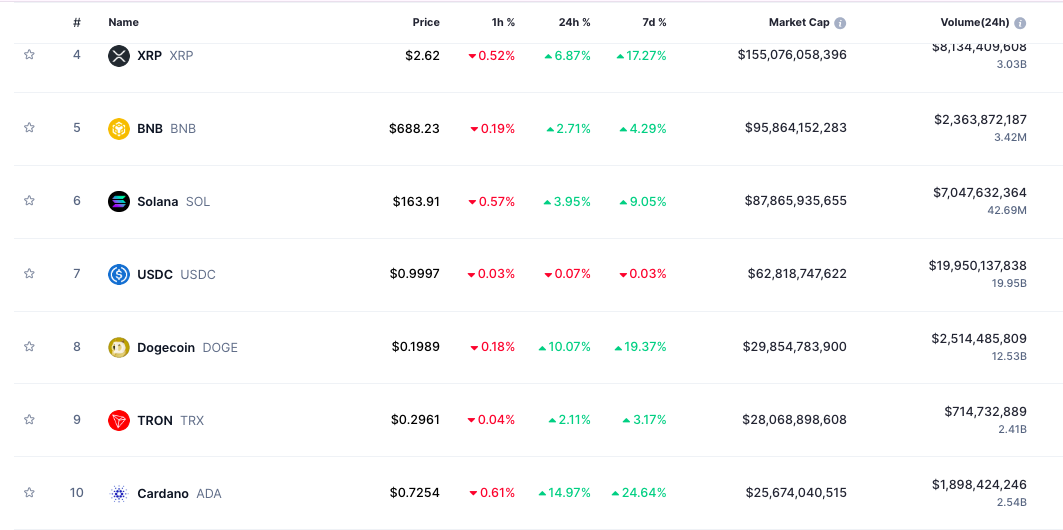In the last quarter of 2024, as the job market continued to cool and the U.S. headed into its 2025 salary increase season, headwinds suggested salary increases might be slightly lower than in 2024 and significantly lower than the 2023 high, when the labor market experienced record growth during the Great Resignation.
With average U.S. salary increases going from 4.4% in 2023 to 4% in 2024 and now 3.7% in 2025, it looks like we’re back to “the land of 3%,” where we lived for more than a decade before 2023. We are also seeing how the 2024 election results are affecting the broader economy and labor market. The only certain thing in terms of the impact on pay: uncertainty.
Given this uncertainty, we can expect more conservative levels of investment and more focus on cost management. With the potential downward trend in salary increase budgets against this backdrop, the theme of “doing more with less” is likely to be a strong focus for compensation and HR professionals this year.
See also: Wages, inflation and the 2024 election: An important message for HR leaders
The concept of “shrinking” salary increase budgets in the U.S. is not new. Salary increases have trended sharply downward when the economy also shrinks or stagnates. As Figure 1 shows, salary increase budgets dropped significantly and have remained at a new low during multiple economic downturns/stagnations since 1974.
You can also see a pattern of consistent steps down since the mid-1970s, when this data first started to be reported. As you can see, we spent many years on the downward shift until shortly after the Great Recession, when salary increases stabilized in the land of 3% for the long haul.
If you were a compensation or HR professional during 2009 and its aftermath, you likely remember that managing pay during that time of uncertainty meant figuring out how to do more with less to make effective pay decisions. This feels like déjà vu all over again. Having learned from the past, what should we consider now as we are once again faced with uncertainty?
Salary increases are down, but base salaries aren’t
As a first step, we should change the narrative on salary increases because while the average salary increase has decreased over time (and is doing so once again), actual compensation—base salaries—has increased.
Salaries never go down … Why? Because of the compounding effect of base salary increases. Consider the following example:
The compounding effect of base salary increases
| Base-salary increase | New base salary | |
| Year 1 | None (new to the job) | $50,000 |
| Year 2 | 3% | $51,500 |
| Year 3 | 3% | $53,045 |
| Year 4 | 3% | $54,636 |
If you keep going with the same 3% increase on the ever-increasing base salary, the compounding effect gets you to a higher percentage increase over time. By Year 4, the compounded increase is 12.55%—more than half of a percentage point higher than single 3% increases over four years (which would be 12%). You get an increase on your increases each year. While this may seem fundamental, it is not always well understood by employees or, in some cases, leaders.
Related: Payroll’s big tech shift: From ‘printing checks’ to strategic force
This became apparent in 2021 when inflation increased to a decade-long high of 9.2% in the U.S. We were inundated with questions about why salary increases weren’t keeping pace with inflation. In fact, many employees believed the social media-driven message, “if you aren’t getting an increase to match inflation, you’re getting a pay cut!”
The compounding effect of salary increases means that what an employee earned in the prior year will always be more actual money than the next year, even with a smaller increase.
Salary increases vs. inflation
We know that different forces drive salary increases and inflation. Salary increases are driven by the supply and demand of labor in a market, and inflation is driven by a market basket of goods, with housing, food and energy being the biggest portion of the basket. The relationship between them is really about buying power. Even as salaries go up every year at a compounded rate, the higher salary for many may not cover the higher cost of living, especially at the lowest levels of the organization. That’s why being thoughtful about this message for different employee groups is necessary for optimal results.
Making the most of your skinnier salary increase budget will take a focused, disciplined approach that includes a carefully crafted narrative. Reframing your salary increase message and other planned actions today will help you manage risk in the face of the current uncertainty. This will support your ability to use your compensation programs and processes more effectively, even with fewer dollars.
Retire merit pay for good
Along with changing the narrative around how base salary increases really work, it may also be time to finally modernize pay for performance when it comes to merit increases.
The idea that base salary increases are tied directly to all elements of individual performance has always been challenging. However, in the era of shrinking salary budgets, its credibility as an effective pay-for-performance tool has also greatly diminished.
While pay for performance can be improved, it requires putting the old notion of merit pay out to pasture. Some organizations eliminate merit pay through a general increase tied to the competitive salary increase data for their market. This is perhaps easier than continuing to require an element of performance to earn these increases, but it is also less effective.
Other organizations are waking up to the fact that base salary increases—just like base salary itself—should be tied to jobs and job-related performance. They also work to modernize the notion of pay for performance by streamlining the definitions of performance to each pay element (such as focusing base pay increases on job-related performance).
Getting to the heart of different performance definitions will also show what you’ve probably always known: Performance is multi-dimensional. Why not align the way you pay with each dimension? The result will be greater clarity in making effective pay decisions and more transparent messaging around how those decisions are made.
By giving employees more clarity on how their salary increase links to their performance, you can increase the perceived value of salary increases, even as you may have less money to for those increases.
Refresh your comp philosophy or develop a new one
A philosophy is a mindset or set of beliefs that acts as a guiding principle for behavior. By developing a compensation philosophy, organizations create a platform for the design, delivery and governance of pay programs that uniquely reflect their purpose, mission and values.
A compensation philosophy can also serve as the driving force for consensus on how pay decisions are made and communicated. That’s why having an effective compensation philosophy can also help you better manage risk in times of uncertainty. It can outline when expectations can be made and how they should be governed, as well as the balance between consistency and flexibility in the face of unpredictable outcomes.
Given the impact an effective compensation philosophy can have in any case, but especially in times of uncertainty, you’d think every organization would invest the time and effort to ensure they had a good one. However, WTW’s 2024 Global Pay Effectiveness and Design Survey showed that, while more than 80% of U.S.-based organizations have a compensation philosophy, 59% of them hadn’t updated it in the past three years or longer.
Consider everything that’s happened in the past three to five years. By not reviewing or updating your compensation philosophy since 2020, you are putting your organization at risk of poor compensation decision-making, program design and program management or governance at a time when you need them the most.
In the end, it’s about the compensation story
This period of economic and labor market uncertainty will challenge HR and compensation professionals to think differently not only about how we use limited compensation dollars, but also about how we get the most out of our design, management and governance of pay and how we tell the compensation story to employees. It doesn’t have to be a negative message if you think through all the ways you can do more with less.
Credit: Source link










